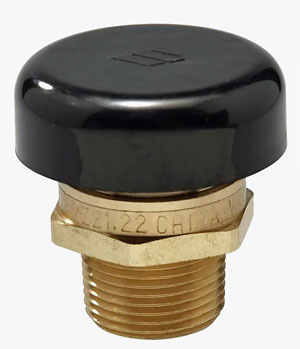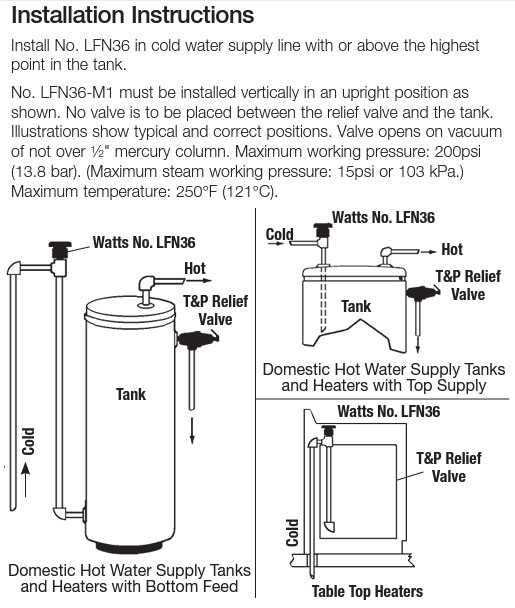Mike Garrod
Mike G
The way I was taught was to always put a vacuum breaker above the hot water tank, on the cold supply, theory being if a vacuum was formed it would be broken before siphoning the tank dry. That's my understanding anyways. But I bring this up because I am with a large mechanical company working on a 50 story highrise, and our 'veteran' guy working on the rooftop mechanical room has the vacuum breakers on the four hot water tanks on the hot side of the tanks. Just not sure if the situation of the tanks being above all the fixtures they serve has something to do with it? Or is it just one of those things that plumbers argue about?


